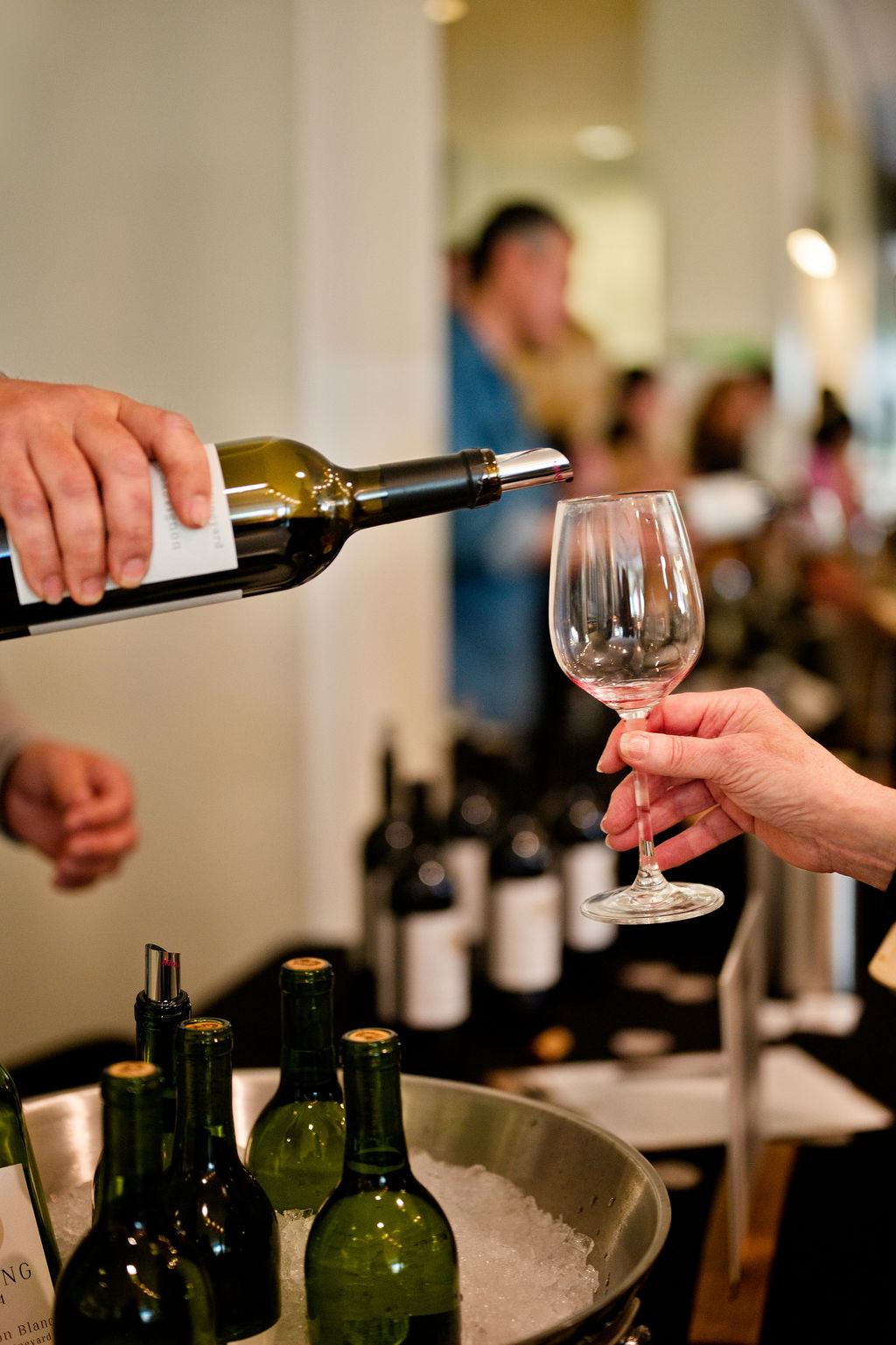What would a map of every vineyard in the world look like? Vinous founder Antonio Galloni is attempting to answer that question with the production and release of his highly detailed and informative maps. Along with famed cartographer Alessandro Masnaghetti, Galloni is mapping Napa (and other grape-growing regions like Sonoma Valley and the Santa Lucia Highlands) one AVA at a time. His most recent map is of Coombsville.

At the map’s debut in May, Galloni shared his objective with a group of industry insiders. “The intent was just to know where the hell you are,” he said of his decision to make maps in 2015. “We really wanted to do something elite and ambitious.” To create the maps, Galloni gathers information on the ground, speaking to the vintners, growers, geologists, and experts in their field to learn the complete story of the AVA.

“The whole goal here is to map every vineyard in as much detail as possible,” he said. “Ultimately, the system intended to use a consumer education tool where you can have a wine and then find where that vineyard is.” The colorful maps are more than just maps. They showcase each major vineyard’s history, soil type, elevation, and climate in an easy-to-read approachable prose.

While developing the Coombsville AVA map, Galloni noticed a few things that make the area unique. The first is how much light there is in many vineyards. “Because you don't have mountains on both sides of the AVA, you only have mountains on one side of the AVA, and the other side is much more open, there's a feeling of luminosity,” he said. The second thing Galloni noticed is that the soil consists of diatomaceous earth from freshwater, not salt water like most of the valley. This affects the grapes and, in turn, the wine.

Another discovery of significance? That many producers make single vineyard wines—a growing trend that he says is the region’s future. “All great wines around the world are wines of place,” he said. “Now, here, you're dealing with a lot of single vineyard wines, like Farella and Haynes and so on and so forth. I think that that's the evolution for California wine: are wines of place.”

The resulting wines also align with the public’s current taste preferences. Cool climate region Cabernet Sauvignon and Chardonnay flourish with today’s consumers. “Today, people enjoy wines that have savory characteristics,” Galloni said. “People enjoy wines that have freshness. People enjoy wines that have minerality.” Galloni admits that there are other places in Northern California where you can find this style of wine, but Coomsbville is at the top of the list. He couldn’t have put it better: “I think there's a really good opportunity to have this region being very prominent on the global stage.”
See everything Galloni had to say by watching the video below.
All photography, except vineyard portrait, by Suzanne Becker Bronk.






.svg)

.svg)
.svg)